Blowup
8.8 /10 1 Votes
85% Rotten Tomatoes Duration Language English | 7.7/10 IMDb 4/4 Roger Ebert Genre Drama, Mystery, Thriller Country United Kingdom | |||||||||||||||||||||||||||||||||
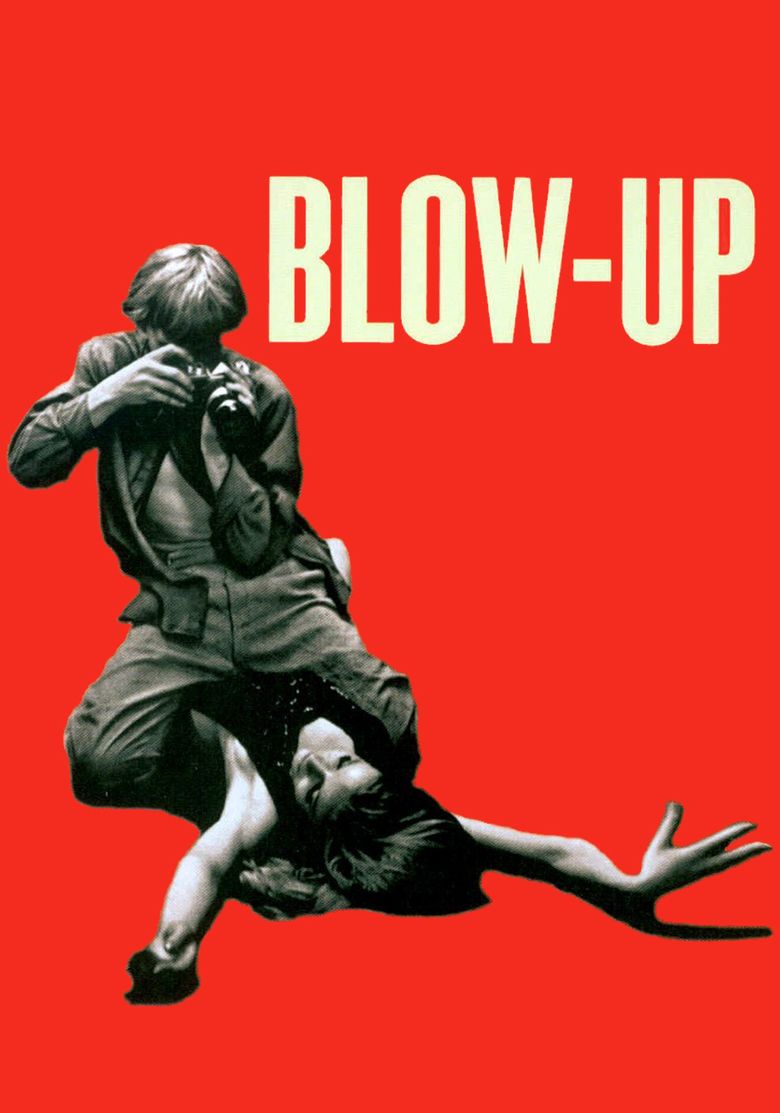 | ||||||||||||||||||||||||||||||||||
Release date 18 December 1966 (1966-12-18) (US)29 August 1967 (1967-08-29) (UK) Based on "Las babas del diablo" by Julio Cortazar Writer Michelangelo Antonioni (story), Julio Cortazar (short story "Las babas del diablo"), Michelangelo Antonioni (screenplay), Tonino Guerra (screenplay), Edward Bond (English dialogue) Story by Michelangelo Antonioni, Julio Cortazar Cast (Thomas), (Jane), (Patricia), (Bill), Veruschka von Lehndorff (Verushka), (The Blonde)Similar movies Match Point , Dial M for Murder , Elevator to the Gallows , Entrapment , Following , Far and Away Tagline Michelangelo Antonioni's first British film | ||||||||||||||||||||||||||||||||||
Blow up trailer 1966
Blowup, or Blow-Up, is a 1966 British-Italian film directed by Michelangelo Antonioni about a fashion photographer, played by David Hemmings, who believes he has unwittingly captured a murder on film. It was Antonioni's first entirely English-language film.
Contents
- Blow up trailer 1966
- Plot
- Noted cameos
- Filming locations
- Box office
- Critical reception
- In popular culture
- References
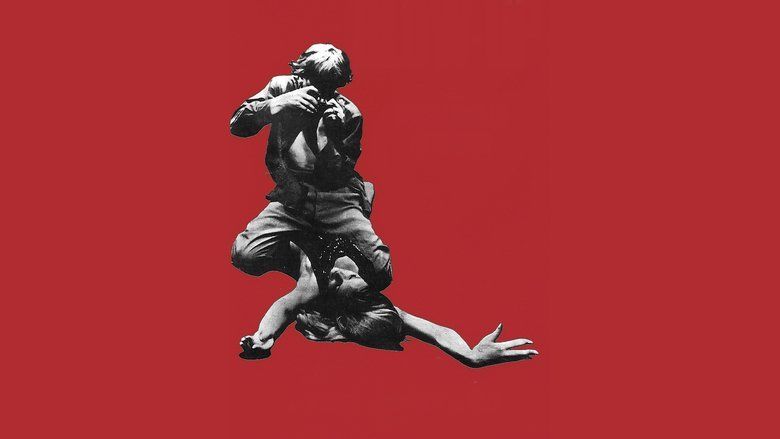
The film also stars Vanessa Redgrave, Sarah Miles, John Castle, Jane Birkin, Tsai Chin, Peter Bowles, and Gillian Hills as well as sixties model Veruschka. The screenplay was by Antonioni and Tonino Guerra, with English dialogue by British playwright Edward Bond. The film was produced by Carlo Ponti, who had contracted Antonioni to make three English-language films for Metro-Goldwyn-Mayer (the others were Zabriskie Point and The Passenger).
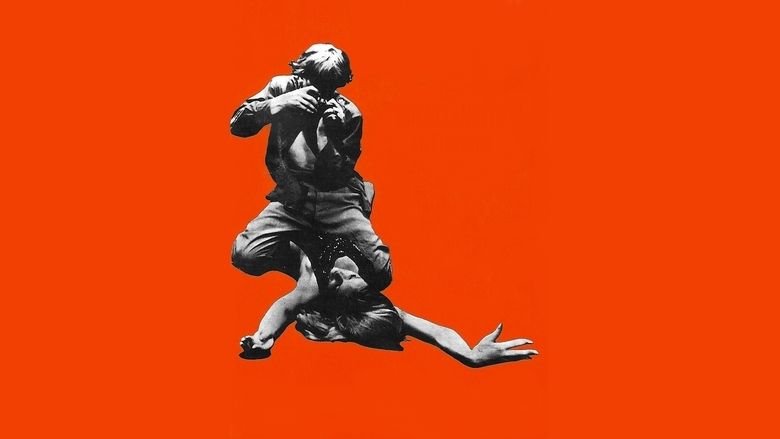
The plot was inspired by Julio Cortázar's short story, "Las babas del diablo" or "The Devil's Drool" (1959), translated also as "Blow Up" in Blow-up and Other Stories, in turn based on a story told to Cortázar by photographer Sergio Larraín, and by the life of Swinging London photographer David Bailey. The film was scored by jazz pianist Herbie Hancock. The music is diegetic, as Hancock noted: "It's only there when someone turns on the radio or puts on a record." In the main competition section of the Cannes Film Festival, Blowup won the Grand Prix du Festival International du Film, the festival's highest honour.

The American release of the counterculture-era film with its explicit sexual content (by contemporary standards) by a major Hollywood studio was in direct defiance of the Production Code. Its subsequent outstanding critical and box office success proved to be one of the final events that led to the final abandonment of the code in 1968 in favour of the MPAA film rating system. In 2012, Blowup was ranked No. 144 in the Sight & Sound critics' poll of the world's greatest films.
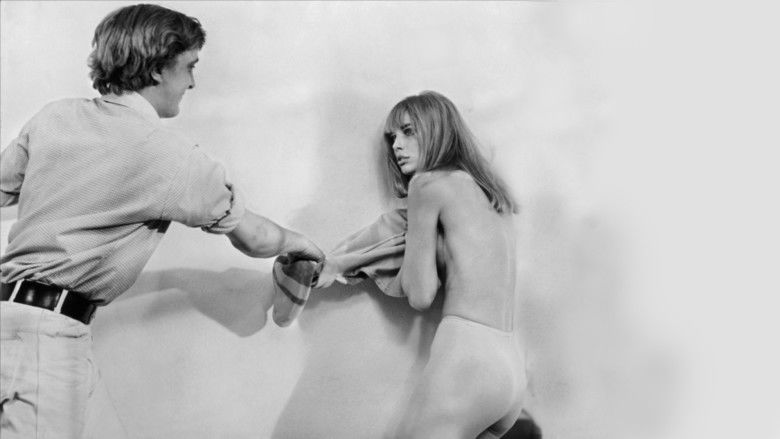
Plot
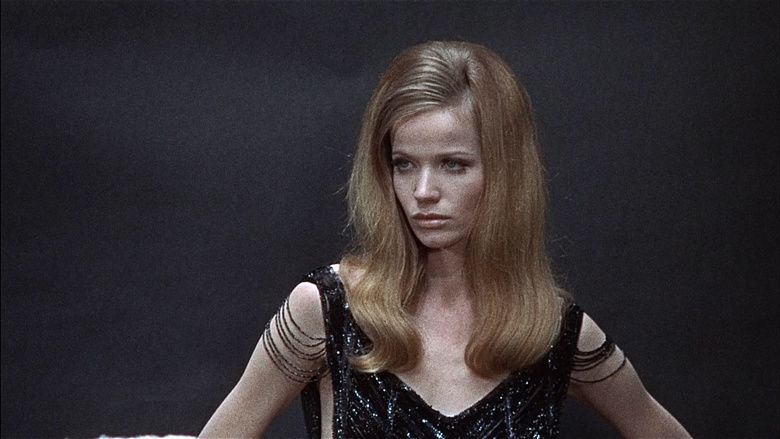
The plot is a day in the life of a glamorous fashion photographer, Thomas (Hemmings), inspired by the life of an actual "Swinging London" photographer, David Bailey. After spending the night at a doss house where he has taken pictures for a book of art photos, Thomas is late for a photo shoot with Veruschka at his studio, which in turn makes him late for a shoot with other models later in the morning. He grows bored and walks off, leaving the models and production staff in the lurch. As he leaves the studio, two teenage girls who are aspiring models (Birkin and Hills) ask to speak with him, but the photographer drives off to look at an antiques shop. Wandering into Maryon Park, he takes photos of two lovers. The woman (Vanessa Redgrave) is furious at being photographed, pursues Thomas, demands his film and ultimately tries to snatch his camera. He refuses and photographs her as she runs off.

Thomas then meets his agent Ron (Peter Bowles) for lunch and notices a man following him and looking into his car. Back at his studio, the woman from the park arrives asking desperately for the film. They have a conversation and flirt, but he deliberately hands her a different film roll. She in turn writes down a false telephone number and gives it to him. He curiously makes many enlargements of the black and white film of the two lovers. They reveal the woman worriedly looking at a third person lurking in the trees with a pistol. Thomas excitedly calls Ron, claiming his impromptu photo session may have saved a man's life. Thomas is disturbed by a knock on the door, and it is the two girls again, with whom he has a romp in his studio and falls asleep. Awakening, he finds they hope he will photograph them, but he realizes there may be more to the photographs in the park. He tells them to leave, saying, "Tomorrow! Tomorrow!" Further examination of a blurred figure under a bush makes Thomas suspect the man in the park may have been murdered after all, during the time Thomas was arguing with the woman around the bend.

As evening falls, the photographer goes back to the park and finds the body of the man, but he has not brought his camera and is scared off by the sound of a twig breaking, as if being stepped on. Thomas returns to find his studio ransacked. All the negatives and prints are gone except for one very grainy blowup of what is likely the body. After driving into town, he sees the woman and follows her into a club where The Yardbirds, featuring both Jimmy Page and Jeff Beck on guitar and Keith Relf on vocals, are seen performing the song "Stroll On." A buzz in Beck's amplifier angers him so much he smashes his guitar on stage, then throws its neck into the crowd. A riot ensues. The photographer grabs the neck and runs out of the club before anyone can snatch it from him. Then he has second thoughts about it, throws it on the pavement and walks away. A passer-by picks up the neck and throws it back down, not realizing it is from Beck's guitar. He never locates the elusive woman.
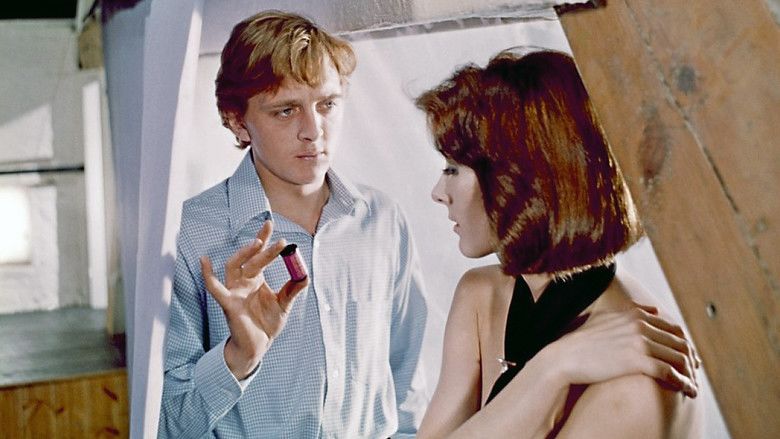
At a drug-drenched party in a house on the Thames near central London, the photographer finds Veruschka, who had told him that she was going to Paris – when confronted, she says she is in Paris. Thomas asks Ron to come to the park as a witness but cannot convince him of what has happened because Ron is terrifically stoned. Instead Thomas joins the party and wakes up in the house at sunrise. He returns to the park alone only to find that the body is gone.
Befuddled, Thomas watches a mimed tennis match, is drawn into it, picks up the imaginary ball and throws it back to the two players. While he watches the mime, the sound of the ball being played is heard and his image fades away, leaving only the grass as the film ends.
Noted cameos
Several people known in 1966 are in the film; others became famous later. The most widely noted cameo was by The Yardbirds, who perform "Stroll On" in the last third. Antonioni first asked Eric Burdon to play that scene but he turned it down. As Keith Relf sings, Jimmy Page and Jeff Beck play to either side, along with Chris Dreja. After his guitar amplifier fails, Beck bashes his guitar to bits, as The Who did at the time. Antonioni had wanted The Who in Blowup as he was fascinated by Pete Townshend's guitar-smashing routine. Steve Howe of The In Crowd recalled, "We went on the set and started preparing for that guitar-smashing scene in the club. They even went as far as making up a bunch of Gibson 175 replicas ... and then we got dropped for The Yardbirds, who were a bigger name. That's why you see Jeff Beck smashing my guitar rather than his!" Antonioni also considered using The Velvet Underground (signed at the time to a division of MGM Records) in the nightclub scene, but, according to guitarist Sterling Morrison, "the expense of bringing the whole entourage to England proved too much for him".
Janet Street-Porter can be seen dancing in a silver coat and red/yellow striped Carnaby Street trousers during the scene inside the nightclub.
Filming locations
The opening mimes were filmed on the Plaza of The Economist Building in St. James's Street, London, a project by 'New Brutalists' Alison and Peter Smithson constructed between 1959–64. The scene in which men leave The Spike was shot on Consort Road, Peckham. The park scenes were at Maryon Park, Charlton, south-east London, and the park is little changed since the film. The street with maroon shopfronts is Stockwell Road and the shops belonged to motorcycle dealer Pride & Clarke. The scene in which the photographer sees the mysterious woman from his car and follows her was in Regent Street, London. He stops at Heddon Street where the album cover of David Bowie's Ziggy Stardust was later photographed. Outside shots of the photographer's studio were at 77 Pottery Lane, W11, and 39 Princes Place, W11. Photographer Jon Cowan leased his studio at 39 Princes Place to Antonioni for much of the interior and exterior filming, and Cowan's own photographic murals are featured in the film. The exterior for the party scene towards the end of the film was shot outside 100 Cheyne Walk, in Chelsea. The interior, which is believed to be the same address, was shot in the apartment of London antiques dealer Christopher Gibbs. The restaurant on the corner where Hemmings stops is on Blacklands Terrace, Chelsea SW3, where there is still a restaurant but no longer the one used in the film. The scene in the reproduced Ricky-Tick club with the Yardbirds performing "Stroll On" – a modified version of "Train Kept A-Rollin'" – was filmed at Elstree Studios, from 12 to 14 October 1966.
Box office
The film was distributed in North America by MGM shell company Premier Pictures. Writing about Antonioni for Time in 2007, the film writer Richard Corliss states that the film grossed "$20 million (about $120 million today) on a $1.8 million budget and helped liberate Hollywood from its puritanical prurience".
According to Variety, the movie earned $5,900,000 in North American rentals in 1967.
Critical reception
Film critic Andrew Sarris said the movie was "a mod masterpiece". In Playboy magazine, film critic Arthur Knight wrote that Blowup would be "as important and seminal a film as Citizen Kane, Open City and Hiroshima, Mon Amour – perhaps even more so".
Time magazine called the film a "far-out, uptight and vibrantly exciting picture" that represented a "screeching change of creative direction" for Antonioni; the magazine predicted it would "undoubtedly be by far the most popular movie Antonioni has ever made".
Bosley Crowther, film critic of The New York Times, called it a "fascinating picture, which has something real to say about the matter of personal involvement and emotional commitment in a jazzed-up, media-hooked-in world so cluttered with synthetic stimulations that natural feelings are overwhelmed". Crowther had reservations, describing the "usual Antonioni passages of seemingly endless wanderings" as "redundant and long"; nevertheless, he called Blowup a "stunning picture – beautifully built up with glowing images and color compositions that get us into the feelings of our man and into the characteristics of the mod world in which he dwells". Even film director Ingmar Bergman, who generally disliked Antonioni, acknowledged its significance: "He's done two masterpieces, you don't have to bother with the rest. One is Blow-Up, which I've seen many times, and the other is La Notte, also a wonderful film, although that's mostly because of the young Jeanne Moreau." Of the film's ending, Roger Ebert wrote in The Great Movies: "What remains is a hypnotic conjuring act, in which a character is awakened briefly from a deep sleep of bored alienation and then drifts away again. This is the arc of the film. Not 'Swinging London.' Not existential mystery. Not the parallels between what Hemmings does with his photos and what Antonioni does with Hemmings. But simply the observations that we are happy when we are doing what we do well, and unhappy seeking pleasure elsewhere. I imagine Antonioni was happy when he was making this film."
Ebert also published a letter by actor Ronan O'Casey which claimed that the film's mysterious nature is the product of an "unfinished" production, and that scenes which would have "depict[ed] the planning of the murder and its aftermath -- scenes with Vanessa, Sarah Miles and Jeremy Glover, Vanessa's new young lover who plots with her to murder me -- were never shot because the film went seriously over budget."
MGM did not gain approval for the film under the MPAA Production Code in the United States. The film was condemned by the National Legion of Decency. The code's collapse and revision was foreshadowed when MGM released the film through a subsidiary distributor and Blowup was shown widely in North American cinemas.
In popular culture
Films
Music
Television
References
Blowup WikipediaBlowup IMDbBlowup Rotten TomatoesBlowup Roger EbertBlowup themoviedb.org
